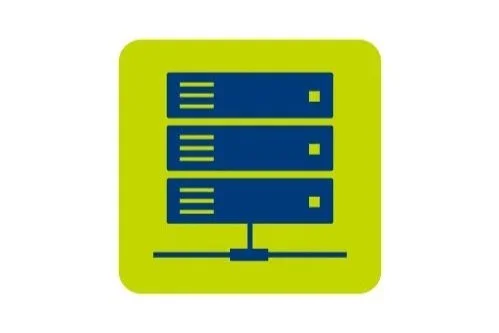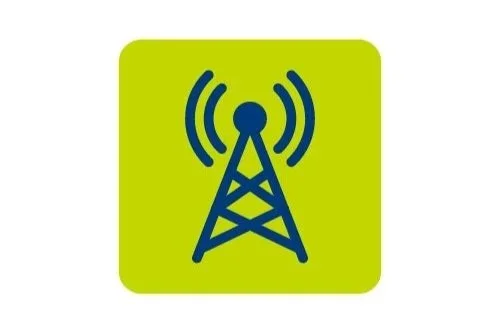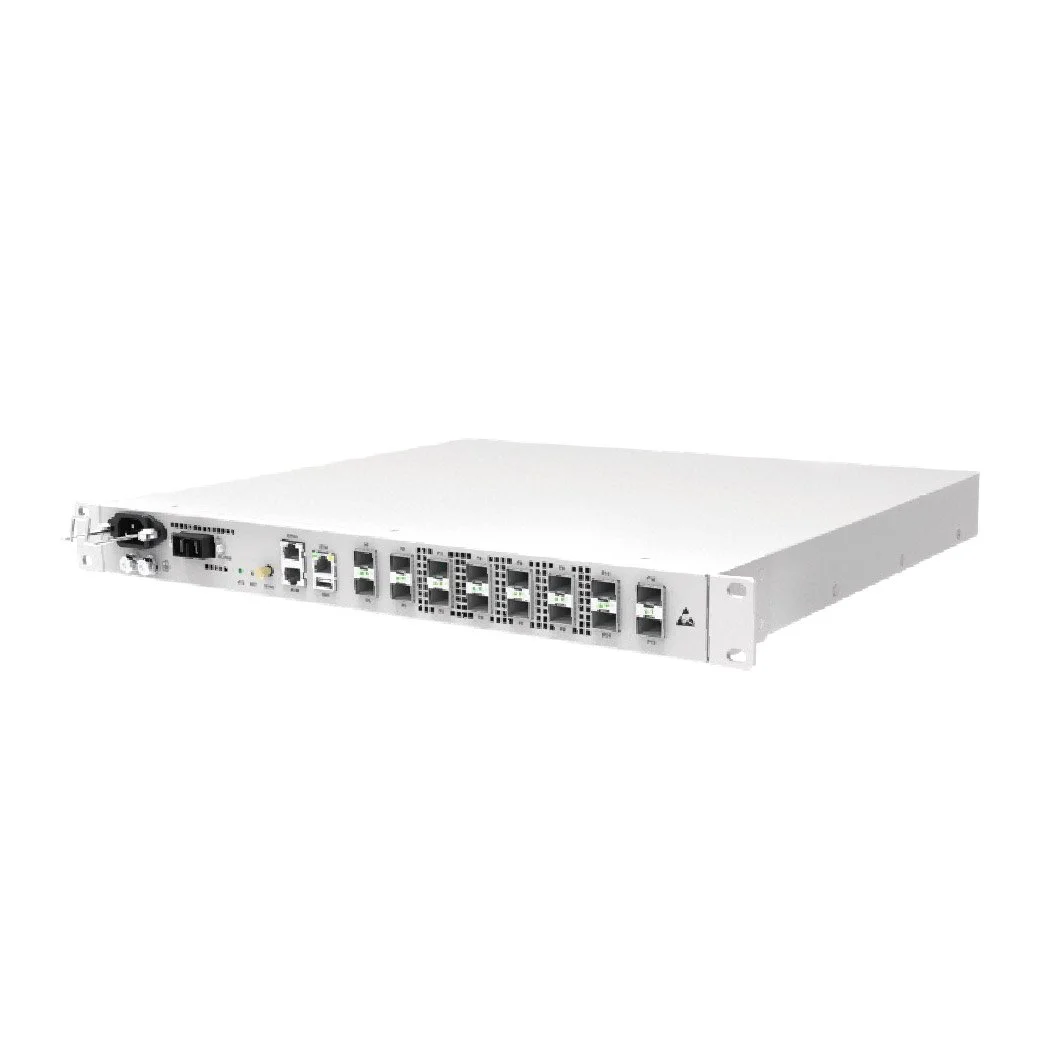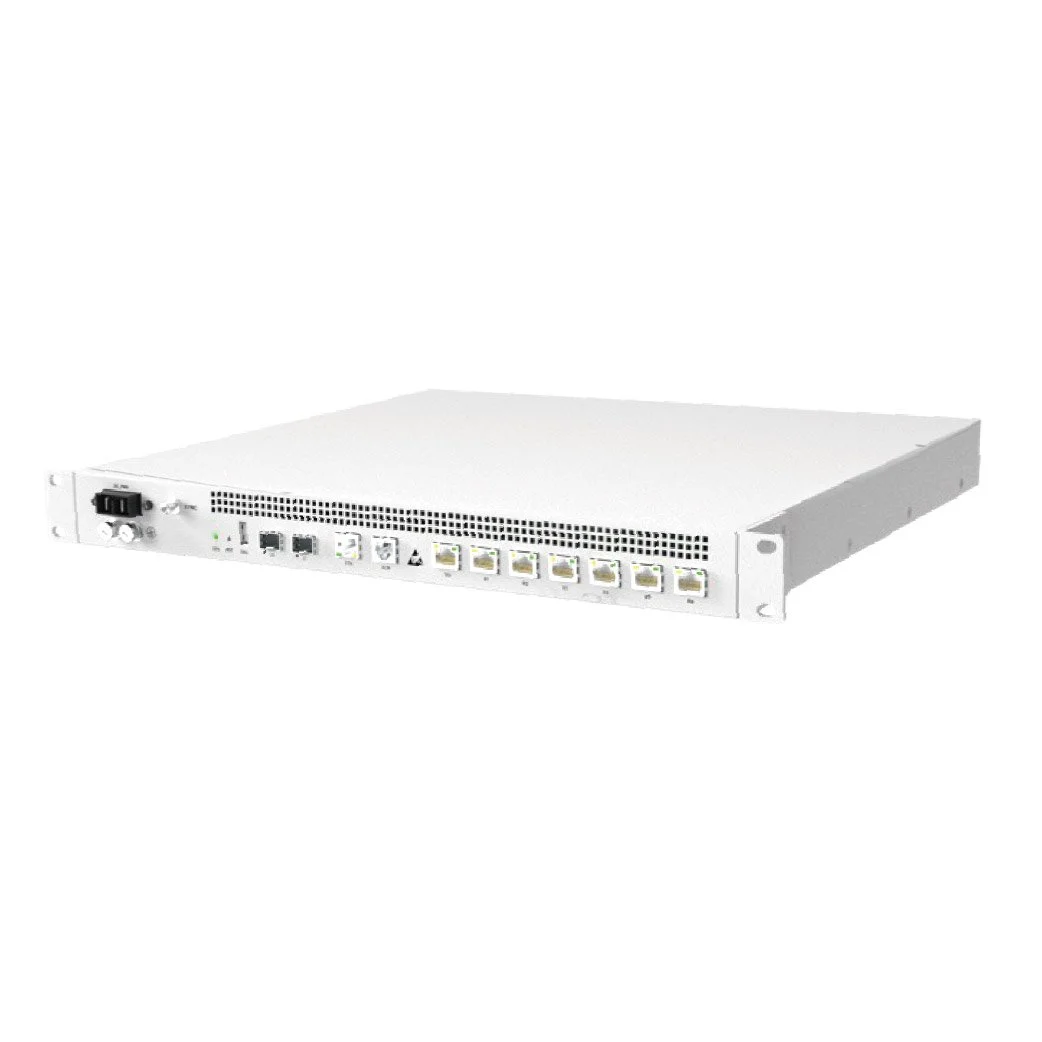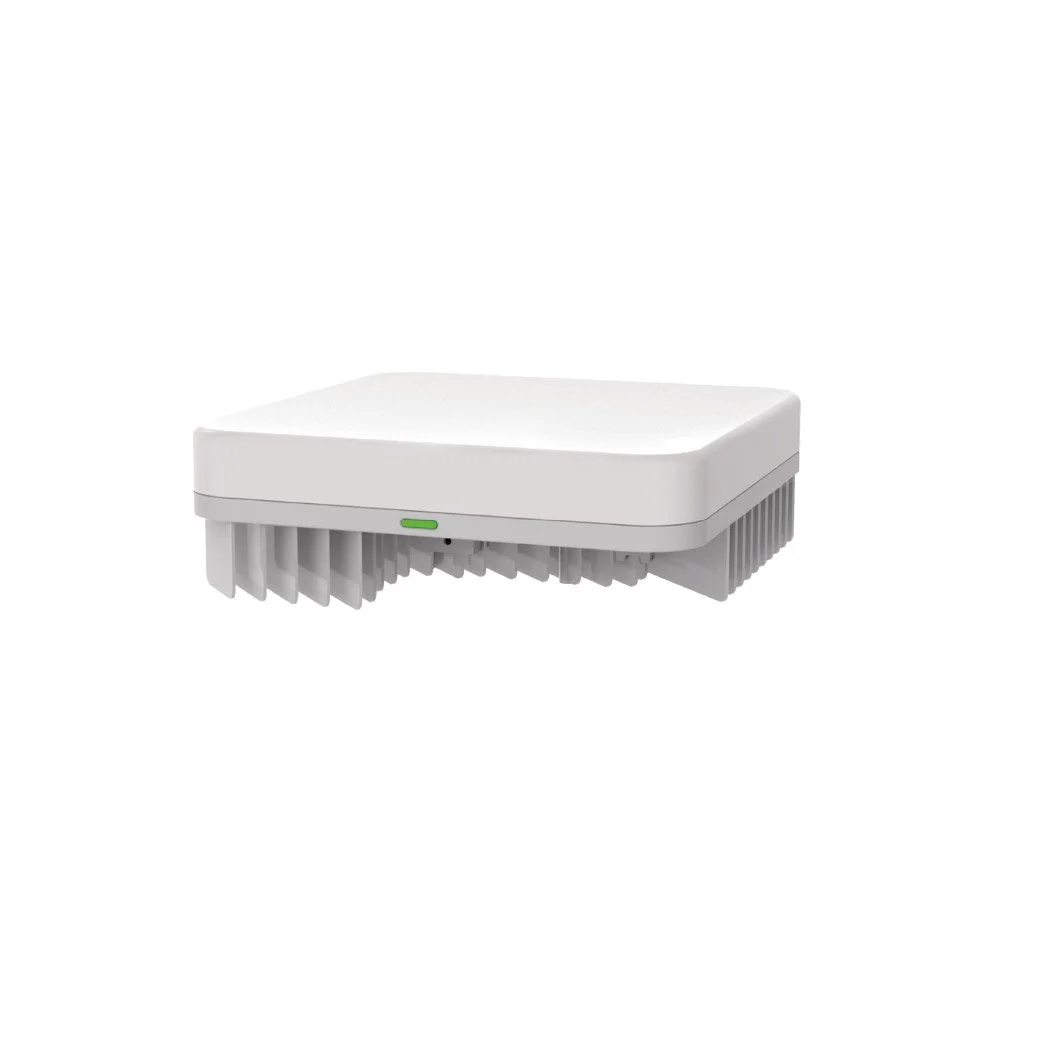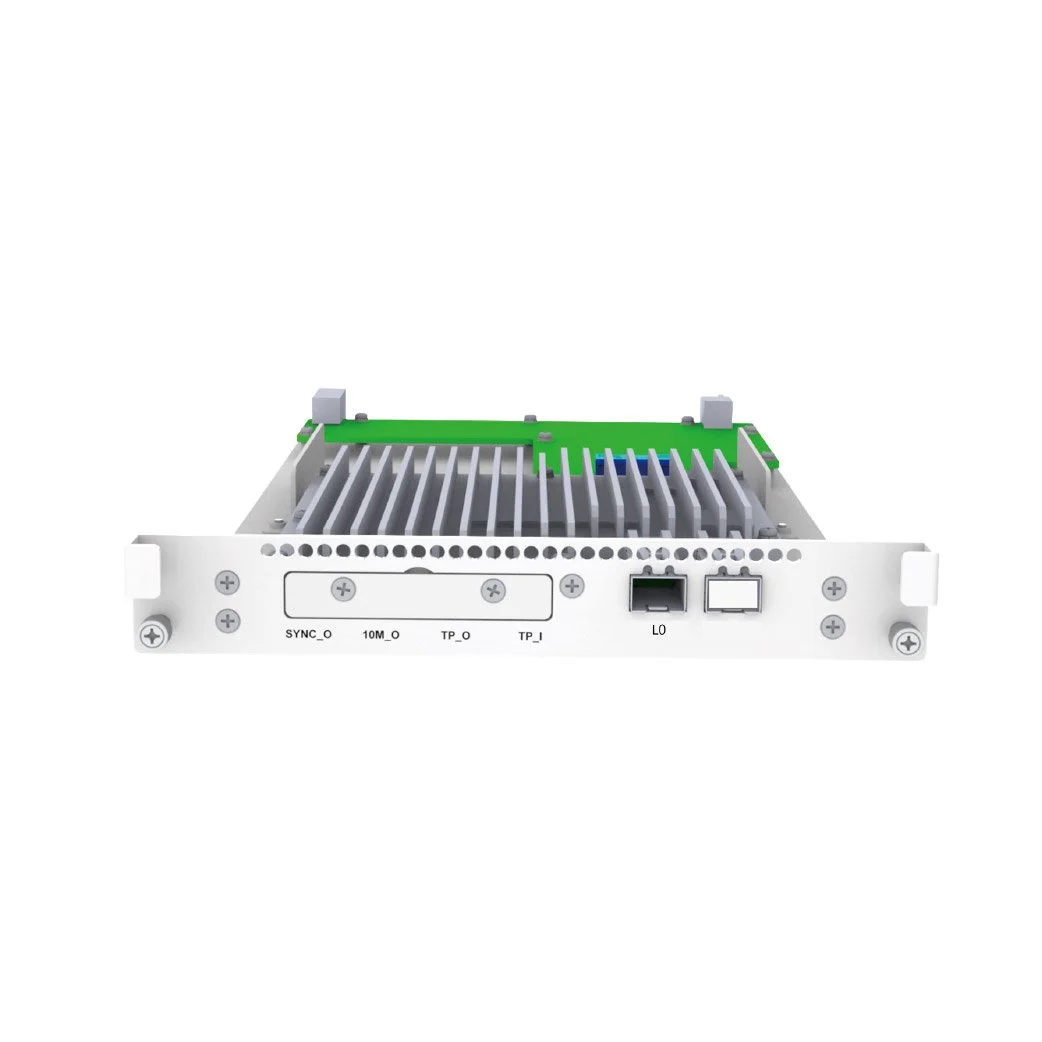Servicio Open RAN 5G

Conectar personas, lugares y posibilidades
SOLiD DASource® y O-RU/FHM
para bandas 4G LTE y 5G NR
O-RAN es un enfoque moderno de las redes móviles que hace hincapié en la apertura, la flexibilidad y las soluciones inteligentes. Permite una colaboración sin fisuras entre proveedores, lo que da lugar a redes más asequibles, eficientes y adaptables, con menores costes, mejor rendimiento y actualizaciones más rápidas.
La cartera O-RAN de SOLiD incluye DASource®, O-RU (O-RAN Radio Unit) y FHM (Fronthaul Multiplexer).
El DASource® es un dispositivo compacto y fácil de instalar que entrega señales de RF al sistema de antenas distribuidas DAS, ahorrando espacio y energía al tiempo que ofrece mayor flexibilidad y menor latencia. La O-RU y la FHM proporcionan soluciones rentables para redes públicas y privadas. La FHM es compatible con la función Shared Cell de la O-RAN Alliance, lo que reduce la carga de recursos, minimiza los costosos conmutadores y disminuye los costes generales.
Aumente el rendimiento del DAS
con SOLiD DASource
SOLiD DASource® es la fuente de señal para DAS, que proporciona puertos de interfaz simplex y dúplex. Ayuda a superar las limitaciones de distancia del enlace óptico DAS reduciendo las interferencias cruzadas del enlace TDD y ofreciendo una función de compensación del retardo de la antena externa.
Simplifique la cobertura con
Multiplexación inteligente de FHM
El FHM (Fronthaul Multiplexer) utiliza la función de copia/combinación para proporcionar una ampliación de la cobertura sin interferencias entre células.
Mitiga las interferencias sin necesidad de una compleja planificación de múltiples células, lo que la hace eficaz para entornos en edificios que cambian rápidamente.
De pequeños espacios a grandes áreas,
RUs O-RAN para todos los despliegues
Las unidades de radio O-RAN incluyen opciones de baja y media potencia para diversas necesidades 4G/5G. La O-LRU_A es rentable para zonas más pequeñas, mientras que la O-MRU ofrece una cobertura más potente para entornos más amplios o densos. Ambas son compatibles con eCPRI y varios productos de banda base para un despliegue flexible.
Echa un vistazo al primer estadio O RAN del mundo, el de Dortmund
Introducción del producto:
Multiplexor Fronthaul O-RAN con unidades radioeléctricas de baja y media potencia
nFHMo - Fronthaul Multiplexor Óptico
Características:
O-RAN.WG4.Especificación.CUS/MP.v8.0
COPIAR y COMBINAR: características compartidas de la célula
4G LTE, 5G NR Sub-6 GHz
16 puertos ópticos 10G/25G en nFHMo
2 conexiones 10G/25G a O-DUs / 14 conexiones 10G/25G a O-RUs
Montaje en bastidor de 19", 1U
FHMc - Multiplexor Fronthaul Cobre
Características:
O-RAN.WG4.CUS/MP.Specification.v6.0 (o posterior), CAT-A
COPIAR y COMBINAR: características compartidas de la célula
4G LTE, 5G NR Sub-6 GHz
7 conexiones O-LRU
7 x 10G Cat 6A con PoE en FHMc
Montaje en bastidor de 19", 1U
O-LRU_A - RU de bajo consumo basada en la plataforma Acorn
Características:
O-RAN.WG4.CUS/MP.Specification.v6.0 (o posterior), CAT-A
4G LTE, 5G NR para Sub-6 GHz
TDD banda única 4T4R
FDD banda única 2T2R o banda doble 2T2R
Máx. 2 portadoras de componentes por banda
Antena interna
Cable óptico y/o Cat 6A
Montaje en pared y techo
O-MRU - Unidad de radio de potencia media
Características:
O-RAN.WG4.CUS/MP.Specification.v6.0 (o posterior), CAT-A
4G LTE y 5G NR para Sub-6 GHz
Plataforma 8T8R: TDD banda única 4T4R / FDD banda dual 2T2R
Potencia de salida RF de 5 W por puerto
Máx. 2 portadoras de componentes por banda
Antena exterior
Montaje en pared y poste
SOLiD DASource® y nDLPU
nDIU - Unidad de interfaz DAS
Características:
O-RAN.WG4.CUS/MP.Specification.v6.0 (o posterior), CAT-A
4G LTE, 5G NR Sub-6 GHz
Banda única 4T4R
Doble banda 2T2R
Puerto simplex/dúplex
Montaje en bastidor de 19", 1U
nDLPU
(Componente nGENESIS)
- nDAU Unidad Low-PHY
Características:
O-RAN.WG4.CUS/MP.Specification.v6.0 (o posterior), CAT-A
Tipo modular integrado para nDAU
4G LTE o 5G NR
Cualquier portadora especificada en 3GPP TS dentro de FR1
Máx. 16 soportes de componentes
Procesamiento Low-PHY
2 interfaces ópticas 10G/25G para CU/DU
Montaje en bastidor
Las soluciones SOLiD O-RAN ofrecen interoperabilidad probada
con productos de banda base a múltiples proveedores, entre ellos:
Más información
PRODUCTOS


